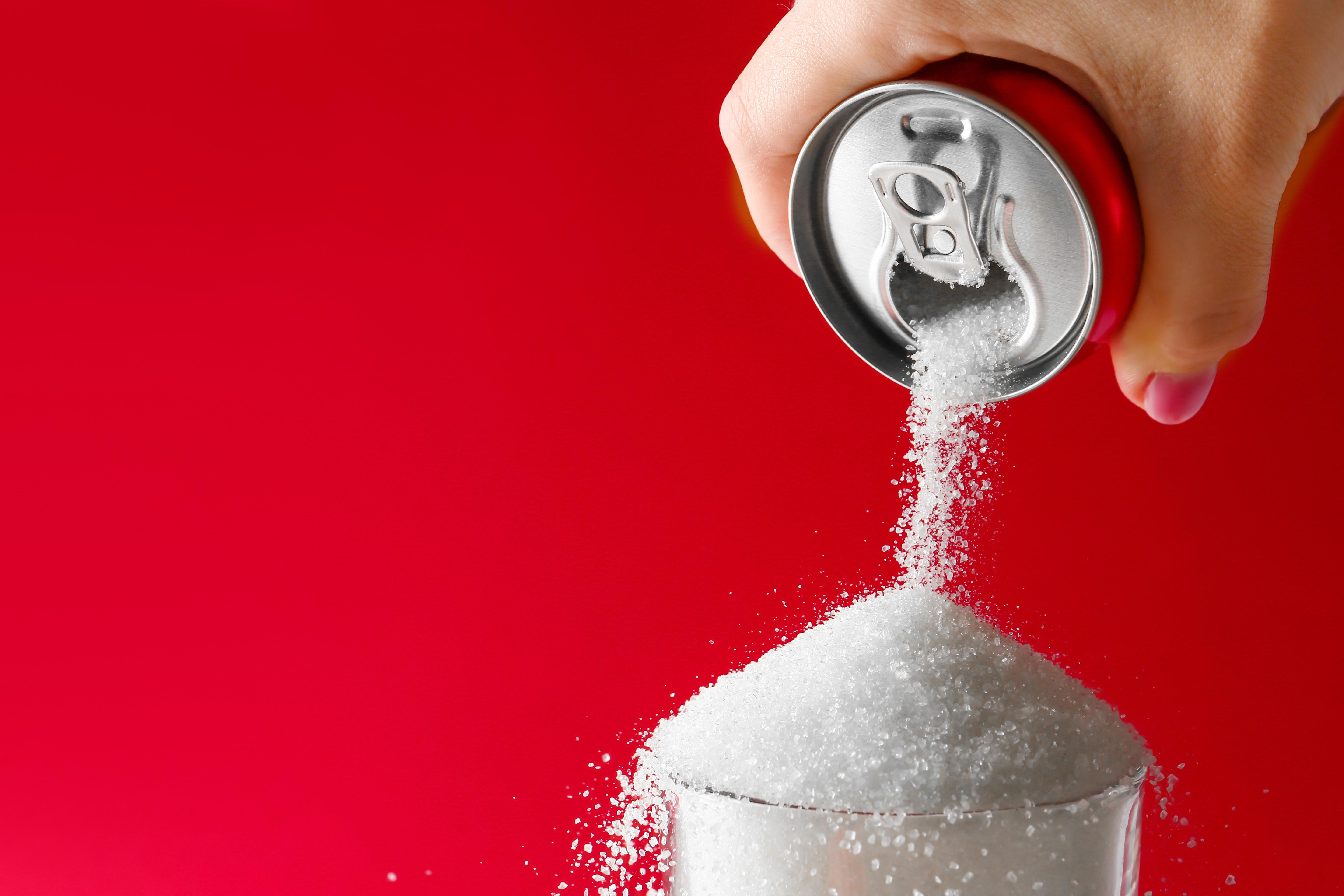Is Healthy Eating Possible in a World of False Advertising?

The lower class is not having a good run in the United States. While that’s always been the case, the rhetorical focus has been exclusively on the middle class over the last several presidential elections. As George Carlin used to say, the poor are there just to scare the middle class.
The reason for our current economic disparity is multifactorial, but suffice to say that the lower class is usually considered a burden by politicians. One popular charge from the Right—specifically, Newt Gingrich, which then caught fire in the conservative filter bubble—is that Obama was a “food stamp president.”
The $70.9 billion program, SNAP (Supplemental Nutrition Assistance Program), offered 44.2 million Americans an average of $125.21 per month for food assistance in 2016. It is only one, albeit the largest, of fifteen federal assistance programs in the nation. As such programs are perpetually under attack, places such as food banks have to figure out how best to survive.
The link between poor nutrition and food assistance is obvious. Cheap nutrition equals processed sugar- and carb-heavy foodstuffs. Food deserts plague low income neighborhoods. Scarcity creates an addiction to what’s at hand, and what’s at hand is not healthy. These organizations have to first deal with these problems of perception and production.
Recognizing this, food banks are fighting back. Washington D.C.’s Capital Area Food Bank supplies 444 nonprofit partners with 46 million pounds of food each year. In 2016 it cut back on junk food by 84 percent. The SF-Marin food bank banned soda donations in 2014. Arizona’s Borderlands Food Bank keeps “imperfect” produce—perfectly edible vegetables and fruits with cosmetic shortcomings—in circulation by distributing between 35 to 40 million pounds of it each year.
In state after state food banks counter the criticism that the poor don’t eat well because they’re inclined to be [fill in adjective here]. And they’re combating this misperception by offering healthier choices. While good news for our health, this is terrible for businesses that rely on cheaply produced products.
Major companies recognize we’re eating healthier. Rather than honor this trend by producing better fare, they’ve instead turned to emerging markets to hook unsuspecting citizens on cheap nutrition. Recently the NY Times published this expose on food giant Nestlé breaking into the Brazilian market, which is helping to create more obesity and promoting diseases like type 2 diabetes, the very problems Americans are fighting against.
I first started writing about this problem in 2010, when in July of that year Nestlé’s Até Você a Bordo (Nestlé Takes You Onboard) departed the Brazilian port city of Belém on a three-week tour along the Amazon River. The brightly colored ninety-foot boat was stocked with over 300 economy size versions of sugar-laden foods. Brazil was not the only target: that year the company announced it would spend $150 million over a three-year period in Angola, the Democratic Republic of Congo, and Mozambique, while dumping $1.5 billion in Brazil, Russia, and India, along with $2 billion in Asia and $1.6 billion in Latin America.
Bloated marekting budgets have bloated our waistlines. Since 1980, obesity rates have jumped 2.5 times in America and Brazil; in China rates have skyrocketed by a stunning 7.7 times, while the African nation of Mali is 15.5 times. Meanwhile food companies have adopted the same argument as American politicians regarding food assistance recipients. As the Times reports, Nestlé consultant Mike Gibney tows the company line like a good soldier:
If I ask 100 Brazilian families to stop eating processed food, I have to ask myself: What will they eat? Who will feed them? How much will it cost?
Perhaps a better question is: How much will Nestlé profit? How much is the company spending on production? In 2009, 32 percent of the corporation’s global sales occurred in emerging markets throughout Asia, Latin America, and Africa. This prompted the company to beef up international marketing and infrastructure, with a goal of generating 45 percent of total income in these regions by 2020.
More reliant on emerging markets, Nestlé is relying less on quality food. The focus is on marketing. Between 1996 and 2001, Nestlé lowered its processing expenses from 51.8% of total sales price to 44.5%. For every dollar a consumer spends, nearly a quarter pays for advertising. When I asked Michele Simon, a public health lawyer and author of Appetite for Profit, about this, she replied,
Whenever I hear ‘convenient food,’ the question in my mind is, ‘convenient for who?’ There’s nothing wrong with packaged food or fast food. The problem arises when it becomes a way of life, and that’s what the industry is interested in: changing our natural way of eating. Which means eating foods from nature that are not always convenient. We’d have to buy food more often and do more preparation than what a company like Nestlé offers. It’s made out to be way more trouble than it actually is.
NYU professor Marion Nestle (no relation), author of numerous books on nutrition, including Food Politics and What To Eat, put it to me rather succinctly:
It is the job of corporations to sell as much product as they can and to increase sales every quarter.
Nestlé’s barge ran until this past July, a seven-year odyssey catering to previously unreachable consumers throughout the Amazon. Private boat owners have taken over where the food giant left off. While Nestlé offers 800 products, top sellers are sugar-rich Kit-Kats and sweet yogurts.
Nestlé is not alone in this endeavor. Corporations have proven that in America unhealthy foodstuffs with unpronounceable ingredients and unknown bodily effects sell quite well, when packaged and priced for convenience. It’s a shame it took Americans so long to catch on, and to be clear we’re still the primary market—for now. Sadly, the focus remains on low income neighborhoods where choices are scarce.
With food banks picking up the nutritional slack and the other Amazon making Whole Foods more affordable—although at what cost is open for debate—Americans are realizing that we have a serious nutrition problem. That the companies that helped create it are turning their backs on us should not surprise anyone. It should, however, ring an alarm across the rest of the planet.
—
Derek is the author of Whole Motion: Training Your Brain and Body For Optimal Health. Based in Los Angeles, he is working on a new book about spiritual consumerism. Stay in touch on Facebook and Twitter.





